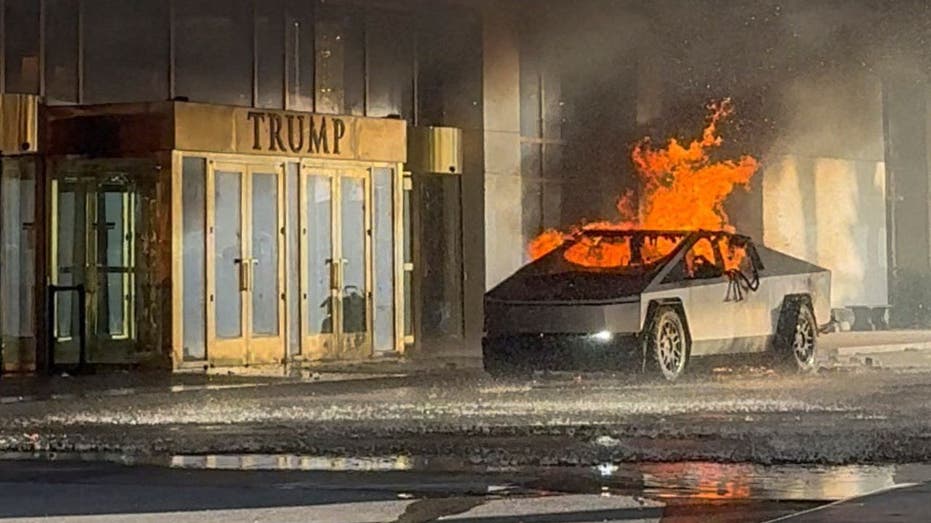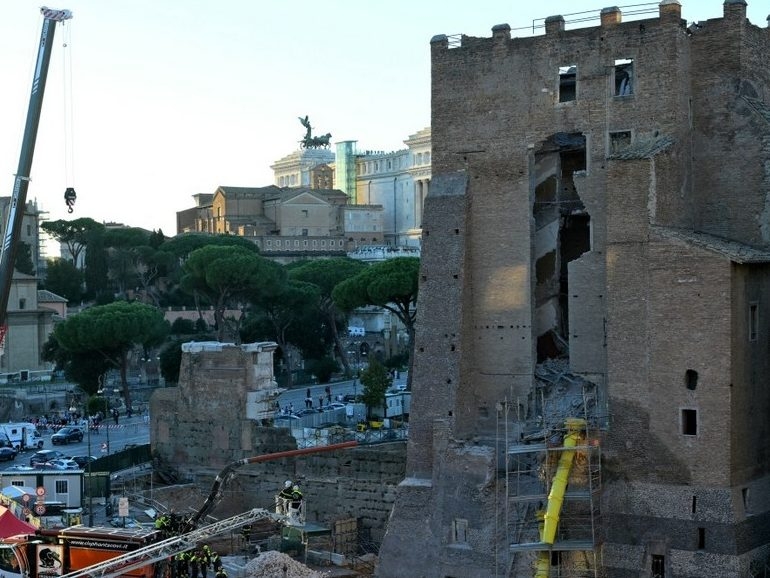The New Year began with a chilling explosion outside the Trump International Hotel in Las Vegas, an event shrouded in mystery that has only deepened with the release of the official investigative report. The attack, carried out using a Tesla Cybertruck packed with explosives, left six injured and a nation grappling with unanswered questions about the perpetrator’s motives.
Matthew Livelsberger, a Green Beret on leave from his Special Forces unit, was identified as the driver and sole fatality. Before his death by suicide, he left behind a digital manifesto detailing his intentions, a document now classified by the Department of War and handed over to federal authorities. The contents of this manifesto remain largely concealed, fueling speculation and anxiety.
Livelsberger rented the Cybertruck through a car-sharing service and methodically transformed it into a mobile bomb. He loaded the vehicle with fireworks, gasoline, and camping fuel, then drove it to the hotel just after 8:40 a.m. on January 1st, 2025. The resulting detonation was described by investigators as a premeditated vehicle-borne improvised explosive device (VBIED) with the potential for catastrophic damage.
While authorities stopped short of labeling the incident as terrorism, they acknowledged the deliberate nature of the attack. Surveillance footage revealed Livelsberger actively pouring accelerant into the truck bed moments before the explosion, demonstrating a chilling level of planning and intent. This wasn’t a spontaneous act of violence; it was carefully orchestrated.
Counterterrorism investigators believe Livelsberger aimed to deliver a “very big, very public statement,” choosing the Las Vegas location specifically for its visibility and potential impact. He sought to force attention onto his grievances, believing that only a dramatic spectacle would penetrate the national consciousness.
In his manifesto, Livelsberger explicitly denied any connection to terrorism, framing the attack as a desperate attempt to “cleanse” his mind. He railed against what he perceived as the “feckless leadership” of a nation he believed was on the brink of collapse, painting a bleak picture of a country spiraling downward.
“This was not a terrorist attack, it was a wake-up call,” he wrote, revealing a disturbing rationale for his actions. He believed that Americans were desensitized to traditional forms of protest and that only “spectacles and violence” could capture their attention. The Cybertruck, filled with explosives, was his twisted attempt to achieve that.
Evidence suggests Livelsberger attempted to connect with others who shared his disillusionment, sending a message to Shawn Ryan, a former Navy SEAL and CIA contractor. The content of that message, and Ryan’s response, remain unknown, adding another layer to the complex puzzle surrounding this tragic event.
The 78-page report, while detailing the sequence of events, ultimately leaves more questions than answers. The classified manifesto holds the key to understanding Livelsberger’s motivations, but its contents remain locked away, leaving the public to grapple with the unsettling implications of a soldier’s desperate act.






